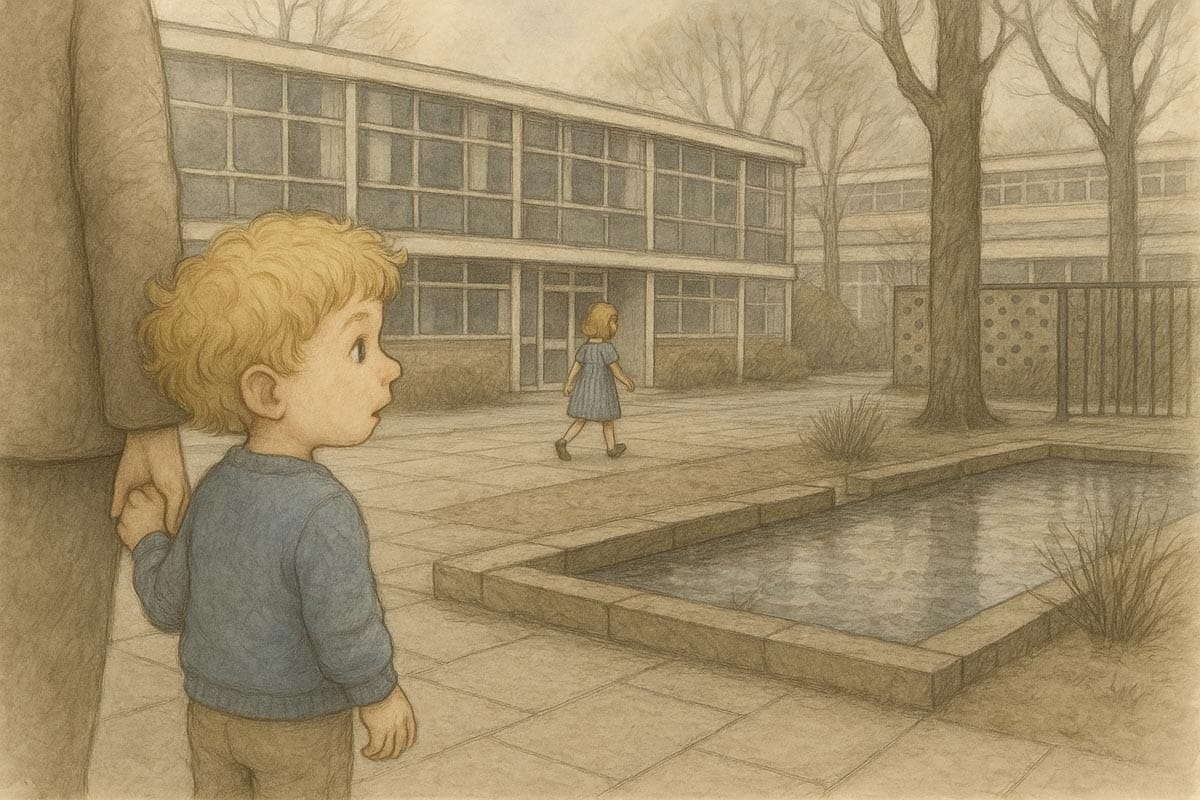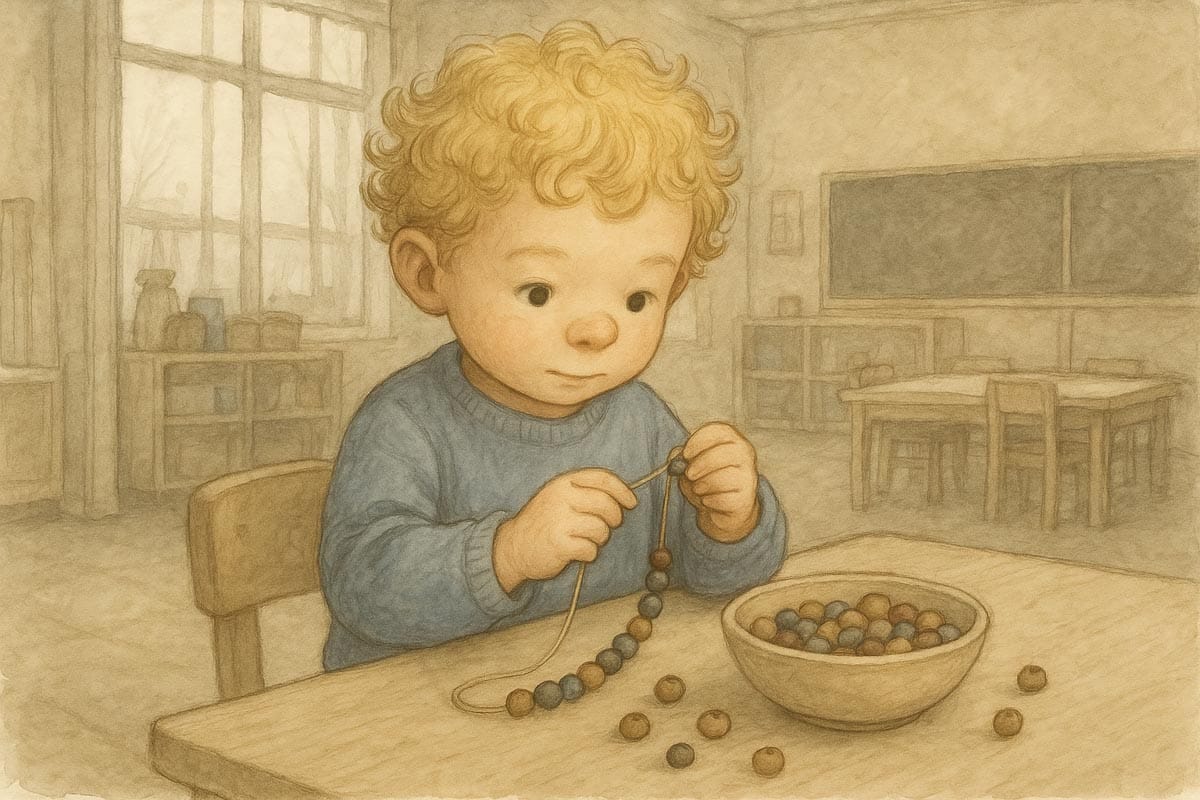Spring to School: An introduction
What is Spring to School? Start your journey through the preschool years with this handy overview.

Your play companion to the preschool years.
The Play Companion
A weekly guide to playful learning, growing independence, and childhood as it should be.
Sam is three and a half. He’s on the cusp of four - the age where imagination expands, friendships deepen, and play begins to carry intention. He spends his days making treasure maps, tying up his toys with string, and asking “What happens if…?”
He’s not at school yet, but make no mistake - he’s learning.
He is springing towards school.
In Spring to School, you’ll follow Sam each week as he explores the world with cardboard, crayons, and curiosity. You’ll learn what school readiness really means - and how to support it through joyful, everyday play.
This isn’t a checklist or a crash course. It’s a gentle unfolding, rooted in your child’s natural rhythms and interests. Like a spring garden, readiness blooms when the conditions are right.
What does school readiness look like?
It’s not knowing letters or numbers (though those might come). It’s the ability to:
- Join in play and share ideas
- Cope with disappointment, delay, and change
- Notice patterns and ask questions
- Express a need clearly - or show care for a friend
- Hold a plan in mind, adjust it, and try again
These aren’t academic skills. They are developmental ones, built through the body, through play, through relationships.

The theories behind the scenes
This series draws on well-established ideas in child development - but don’t worry, you won’t need a psychology degree to follow along. Each week, we translate theory into everyday parenting insight.
You’ll see:
- Repeated play patterns (schemas). Sam’s fascination with wrapping, stacking, and lining up objects reveals how he’s experimenting with ideas about movement, connection, and transformation.
- Emotional confidence. He’s in a stage where he wants to take the lead - setting up games, making plans, solving problems. This drive to explore and assert himself is a healthy sign of growing independence.
- The power of small supports. Sometimes Sam can’t quite manage a task on his own - but a simple prompt or a well-placed suggestion helps him get there. With just the right amount of help, children grow into their next stage.
- Thinking skills emerging. Sam is beginning to hold ideas in mind, plan steps ahead, and pause (sometimes!) before acting. These are the early building blocks of self-control and flexible thinking.
- Brain development in motion. His mind is still wiring itself - fast. What he does now, and how he’s supported, lays the foundation for learning, resilience, and emotional wellbeing later.
Behind the scenes, we’re drawing on research from Piaget, Vygotsky, Ainsworth, Erikson, and more. But you won’t see jargon - just clear, parent-friendly insight that helps you understand what’s going on and how to support it.
What you’ll get each week
Each Spring to School post is a story about Sam - something he did, said, struggled with, or discovered. But it’s also a story about your child.
You’ll find:
- An anecdote from Sam’s week that illustrates a moment of development
- A short explanation of what’s happening under the surface
- Practical ideas for play, routines, or conversations that support similar growth at home
- A gentle reminder that development is not a race - and your child is right where she needs to be
Why follow Sam?
Sam is the bridge between research and reality. He shows how theory lives in cereal-box robots and cardboard castles. He reminds us that before your child can write her name, she needs to own an idea - build it, act it out, try it three different ways.
Your job isn’t to teach it all. It’s to create the environment where learning sticks.
And that’s what Spring to School is here to help you do.
Happy playing!
Alexis



Comments ()